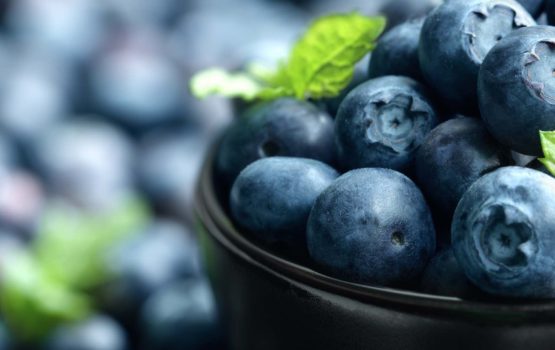The next time you reach for a spoonful of ice cream, consider a handful of blueberries instead. If you have a history of type 2 diabetes in your family, or if you just have a sweet tooth, choosing blueberries may help you combat the risk of this life-altering disease.
A little lifestyle change today could significantly improve your life down the road. Some (though not all) epidemiological studies have shown that individuals who consume certain whole fruits may have a lower risk of type 2 diabetes. In a review of data from three prospective longitudinal cohort studies of 150,000 women and 36,000 men without type 2 diabetes, researchers found that the mixed results may be caused by the different effects of different fruits.
Consuming three servings of the right fruit per week could significantly lower your risk for type 2 diabetes. The fruits that have the best benefit (and their corresponding pooled hazard ratios) are: Blueberries (0.74); Grapes and Raisins (0.88); Apples and Pears (0.93); Bananas (0.95); and Grapefruit (0.95).
But don’t think that you can replace those three servings of the right fruit with juice: in contrast, 3 servings of fruit juice per week has a 1.08 pooled hazard ratio to type 2 diabetes, meaning that indulging in juice could have the opposite effect.




